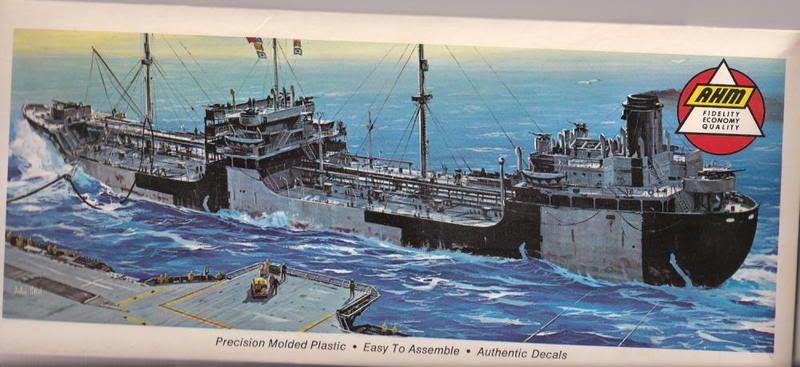Manny you seem to be going Japanese, or else that lattice mast has to go and a bunch of other stuff.
So on that premise, which I'd do too- here's how the distribution system worked on a T2, from which you can surmise how the Japanese might have done it.
There's a whole series of oil holds port/starboard, bow to stern. Like 27. Each one has a manhole for access to clean etc., on a coaming a couple of feet high so that the seal is a little up from the constant deck water. There's a vent pipe that comes out of the side of that, not very large in diameter, runs to a collector running fore/aft down the centerline under the catwalk, and then up the mast to daylight.
There's a manifold (take a bow) of hose connections midships, on each side. On a T2 these are plumbed horizontally into the center, from where a series of very large diameter pipes run fore/ aft to houses where they turn downwards and go into a pumproom, at each end of the holds. These are located along the catwalk.
From the pump room, pipes run in the bottom of the ship to each hold, which is either loaded or emptied from the bottom. Each access cover has a valve wheel near it, connected to a long staff that operates a valve in the bottom of the hold controlling flow.
Your ship is an auxiliary oiler, meaning that when the pumps empty the holds, there are valves in the main ondeck (?) distribution system to which long hoses are attached. These hoses are handled by a series of booms. Your double mast with the lattice looks to have four booms, kind of like a C2, and there looks to be a single staff and boom in the corners as well. Each one would handle a hose. What you need to do is have this baby under way refueling a carrier.
Here's the idea, credit to John Steele.

That big block up front is a companionway probably, down to the forward pump room. There's some vents there too, which give away that there's a space down there, and the dry hold is forward. The pump room would be inside of the frames that form the cofferdam, if she has one.
An interesting detail are the hatches on the face of the bridge at the first accomodation deck, two on one side and one on the other. That must be where your catwalks come to. At which point any resemblance to a T2 goes out the window. The US ship has open galleries across the bridge on several levels, this one looks flush, really more modern. It's actually IMHO a pretty modern design compared to the venerable old T2.
Keep posting, this is cool.